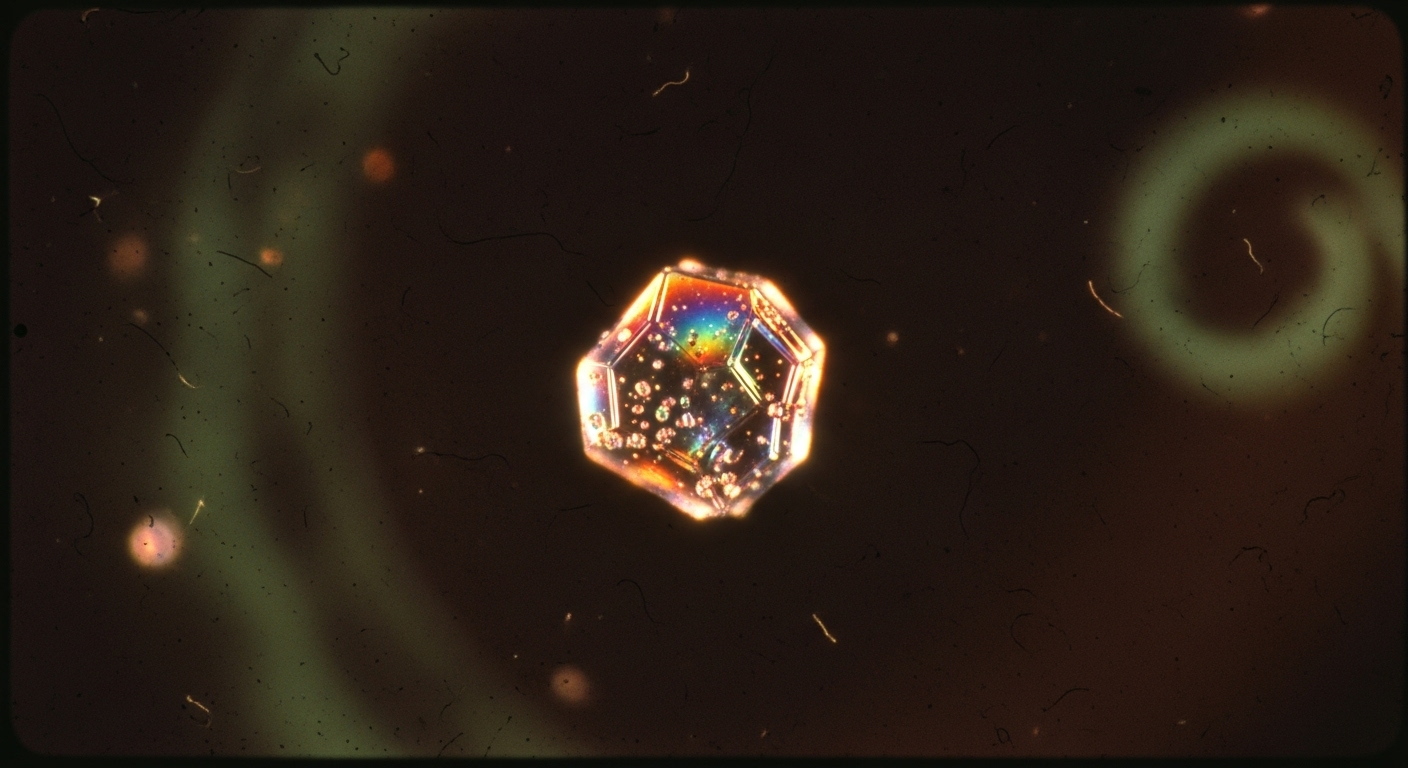Ever found an old photo tucked away in a dusty attic and felt like you’d discovered a tiny time capsule? Well, scientists just pulled off something way cooler, and it involves actual dust! Not your everyday under-the-couch kind, but fossilized cosmic dust, and it’s spilling some seriously mind-blowing secrets about Earth’s ancient air.
Turns out, the smallest specks from space hold the biggest clues about our planet’s past.
What’s the Big Deal About Tiny Dust?
You might think dust is just, well, dust. Annoying, gets everywhere, makes you sneeze. But imagine tiny grains of dust that have traveled millions of miles, survived fiery atmospheric entries, and then settled here, patiently waiting for eons. These aren’t just any specks; they’re like microscopic time capsules, preserving bits of our planet’s past.
The Breath of Ages: Oxygen Isotopes as Time Markers
So, how does dust tell us about ancient air? It’s all about something called ‘oxygen isotopes.’ Think of oxygen like siblings: they’re all oxygen, but some are slightly heavier than others. The ratio of these ‘heavy’ and ‘light’ oxygen siblings in the air changes over geological time, influenced by things like photosynthesis and volcanic activity.
Now, here’s the kicker: when these cosmic dust particles fall through our atmosphere, they pick up and trap tiny samples of the air around them. Over millions of years, these particles can get ‘fossilized’ in rocks, preserving those trapped air samples. It’s like a super-tiny, cosmic amber fossil, but for air!
Why Does This Matter (Besides Being Super Cool)?
Why should you care about the oxygen composition of ancient air trapped in space dust? Good question! Understanding the exact composition of Earth’s atmosphere millions or even billions of years ago is a huge puzzle piece for scientists. It helps us figure out:
- How life evolved.
- What the climate was like.
- When major atmospheric changes (like the rise of oxygen) happened.
- And frankly, it’s just incredibly cool to think that we can literally ‘breathe’ the air of ancient Earth, thanks to a few cosmic hitchhikers.
The Future of Fossilized Dust
This discovery isn’t just a neat trick; it opens up a whole new avenue for studying Earth’s deep past. Instead of relying solely on ice cores or rock formations, we now have another, incredibly direct way to peek into the atmospheric archives. Who knows what other incredible secrets these cosmic dust motes are holding? Maybe they’ll tell us if ancient aliens sneezed into our air!
So, next time you see a dust bunny, maybe give it a nod of respect. You never know, its great-great-great-great-grandpappy might have been a cosmic traveler, carrying secrets from the dawn of time. Science, folks, always finding the extraordinary in the seemingly ordinary!
